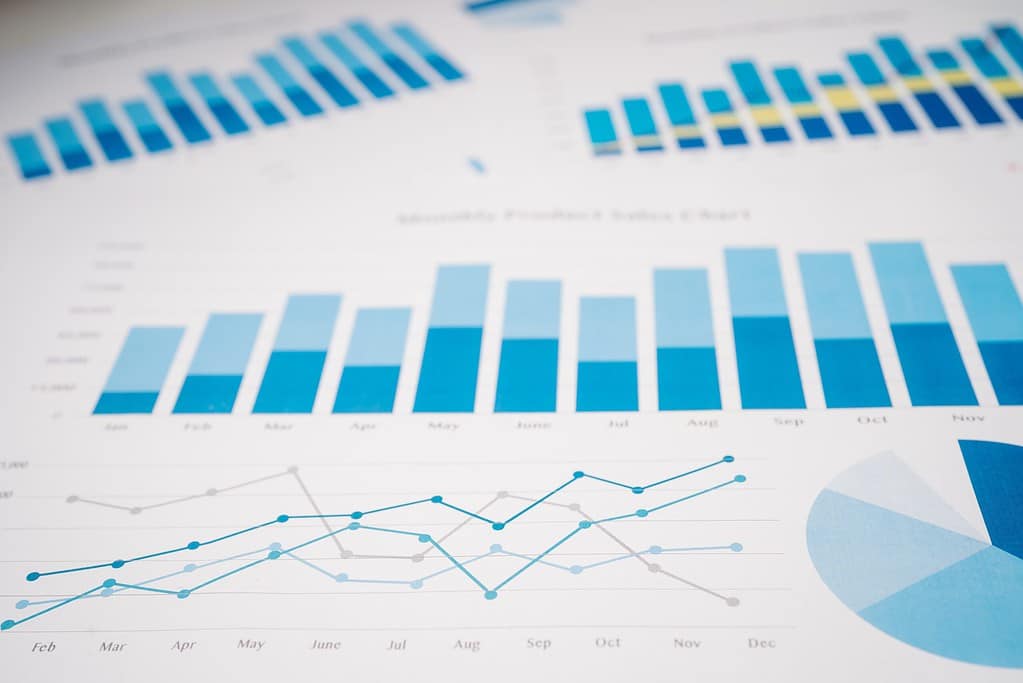
Over the last few decades, Lean Six Sigma has become an integral part of the world of business. It is one of the most effective quality control tools to increase productivity, reduce costs, and improve customer experiences.
The quality control process for a company involves many important steps such as testing and analyzing data from different sources. To effectively do this, you must understand what normal probability and normal probability plots are. They are important concepts that will help you understand how to use them in your daily work life.
Overview: What Is Normal Probability?

Normal probability is a concept that describes the state of a process that is not influenced by any external factors. This means that the process will be in control, and it will produce consistent results. It also means that the process is capable of producing outputs within a certain range of values. For this to happen, it must be in control, which means that there are no disturbances present in the system.
For any process to be stable and predictable, it must have constraints. These constraints put limits on what can happen within a given range of values, ensuring that the system stays within its operating range. If you remove these constraints from your system, then there would be nothing stopping it from being unstable or unpredictable.
When we talk about normal probability in Lean Six Sigma practices, we’re talking about how well your processes can stay within their operating ranges without disruption from outside forces like defects or human error. If your processes are performing as expected and meeting customer expectations consistently, then they are likely operating within normal probability limits based on their internal constraints.
3 Drawbacks Associated with Normal Probability
Normal probability is a concept of Lean Six Sigma that has been used for years. It’s based on the assumption that samples of data are normally distributed. This means that most of the time, your data will fit within a normal probability distribution. However, there are drawbacks to normal probability and it can be difficult to determine whether or not a sample truly follows a normal distribution.
1. Level of Difficulty
It can be difficult to understand what is being done by this tool since it relies on statistical concepts that may not be familiar to everyone. This can also make it difficult for some people to understand how to interpret the chart to make decisions about what kind of analysis should be conducted on their data.
2. Missing Outlier Data
Normal probability plots don’t tell you how many outliers there are or where they are. You can use them to see whether or not there are any outliers in your data set, but they won’t tell you if there are one or two outliers; they just show whether or not there are any outliers at all. If there are two or more outliers, then you’ll want to look at them individually so that you can see where they fall on this graph and what might be causing them (if anything).
3. Only Useful When the Data Being Tested Follows a Normal Distribution
In other words, if you are using a test to determine if the data follows a normal distribution then the test itself cannot be used on non-normal data.
Why Is Normal Probability Important to Understand?
Normal probability is an important concept in Lean Six Sigma because it helps businesses understand the nature of their process. Businesses can use this knowledge to make decisions about how to handle their processes and improve them.
For example, if a process has a normal distribution, then there will be some points where the mean is lower than the median and some points where it is higher than the median. Businesses can use this information to decide whether or not they want to take action on those outliers (or points that are far from average) or ignore them as part of normal variation within a process.
An Industry Example of Normal Probability

The normal probability concept can be used in real industry settings to analyze processes that have been running for some time and determine how likely it is that the process will continue to behave according to its historical data. For example, if you had an algorithm for predicting stock market movements based on historical data, you could use this information to predict future movements with a higher degree of accuracy than if you didn’t have access to this information.
3 Best Practices When Thinking About Normal Probability
When dealing with normal probability, several best practices should be followed.
1. Choose a Baseline for Your Normal Probability Function
This can be done by identifying the mean of your data set and the standard deviation of your data set. The mean will tell you where the center of your data set lies, while the standard deviation will tell you how far away from that center point all of your values are likely to fall.
2. Use Standard Deviations Rather Than Absolute Values
Once you’ve chosen a baseline for your normal probability function, it’s important to note that when calculating probabilities for normal distributions, it’s easier if you use standard deviations rather than absolute values for each value in your data set. This is because standard deviations take into account both positive and negative values whereas absolute values do not.
3. Remember That a Normal Probability Plot Is a Graphical Representation of the Range of Values in a Process at any Given Time
It can help you identify where there are problems with your process, such as when they are not meeting their targets or when they are not producing within expected limits.
Frequently Asked Questions (FAQs) About Normal Probability
Can the Normal Probability Be Shown on a Histogram?
If you’re trying to decide whether or not your data follows a normal distribution, you should use a normal probability plot instead of a histogram. A histogram simply displays the frequency of values in your sample; if you want to be able to determine if they follow a normal distribution, you’ll need more information than this alone can provide.
What Does It Mean When a Measurement Is Considered “Normal”?
It means that the measurement falls within the range of acceptable variability for that type of measurement. For example, if you are measuring the weight of a product and you get a number that falls outside of the range of 0-10 pounds, you will know that something is wrong with your equipment or process.
How Do I Interpret a Normal Probability Plot?
To interpret a normal probability plot, look at where your data point falls on the x-axis (the horizontal line). If it’s above the mean, then it means that there’s too much variation in your data; if it’s below the mean, then you might be looking at outliers that are skewing your results.
If you’re plotting more than one set of data, look for clusters of points that fall within about one standard deviation of each other. This means that they’re likely all coming from similar distributions with similar means and variances.
Remove Outcome Uncertainty
Measuring normal probability can be an aid in any type of situation in which you have uncertainty about the outcome. If currently using a distribution that does not fit the data, giving normal probability a try might work. Either way, it’s one of the first basic probability distributions you should learn to get your feet wet in the world of statistics and probability.